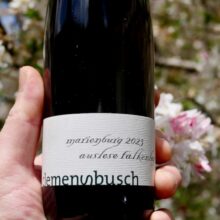
Product information
Clemens Busch Riesling Marienburg Auslese ‘Falkenlay’ HALF 2023
$126
Description
The Marienburg 2023 Auslese Falkenlay, as it is referred to on the central part of the label, is a full sweet wine with a magnificently layered and finely fresh and even herbal nose of jasmine, almond cream, greengage, spices, smoke, and marzipan. The wine shows all its richness on the palate, where intense, ripe, and elegant creamy and hugely juicy flavors of almond cream, coconut, apricot flower, mango, tangerine, honeyed yellow peach, and acacia. There is viscous and creamy presence, which are superbly balanced out by juicy, ripe acidity in the very long finish. This is a grandiose Auslese! Drink 2037-2073 AP: 14 24.
Jean Fisch & David Rayer, Mosel Fine Wines 97 Points
AK 96
In stock
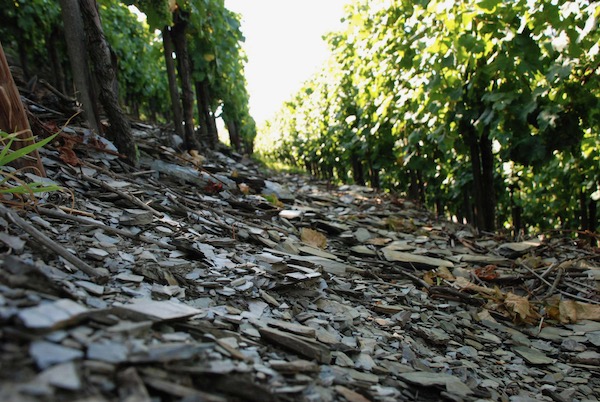
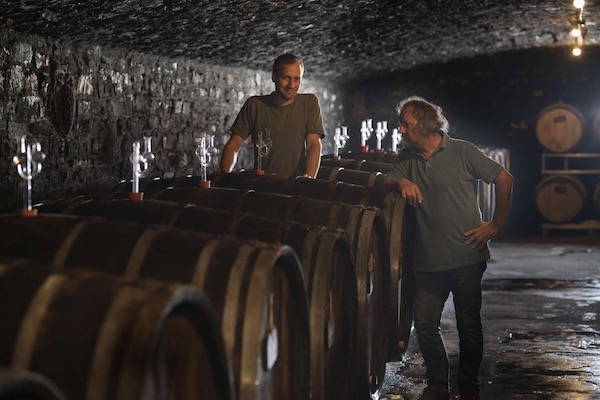
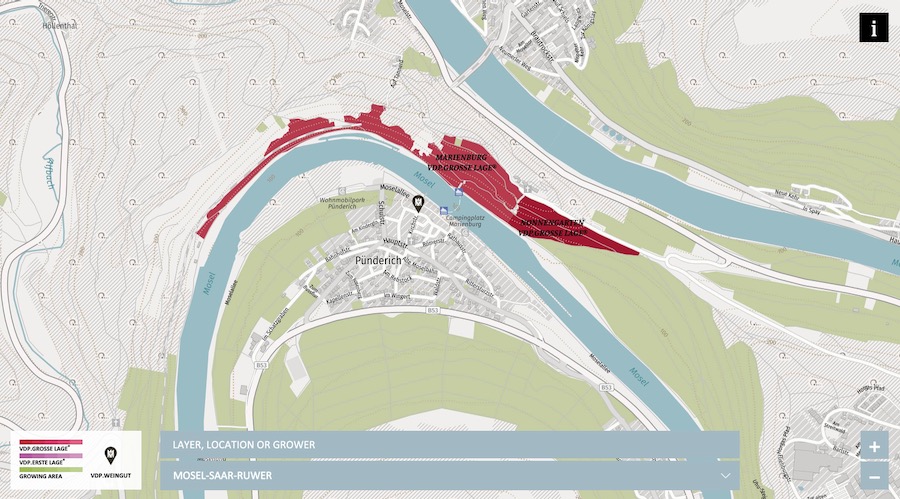


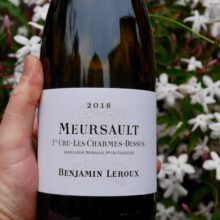
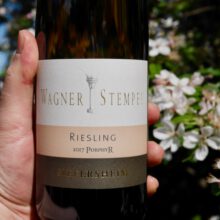
You must be logged in to post a comment.